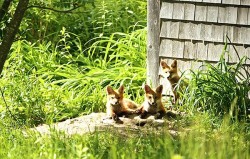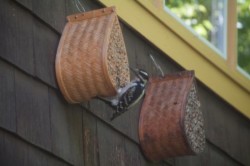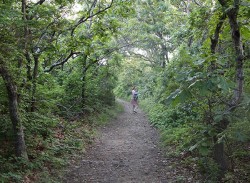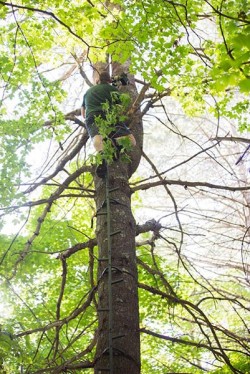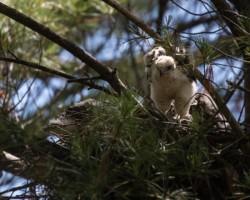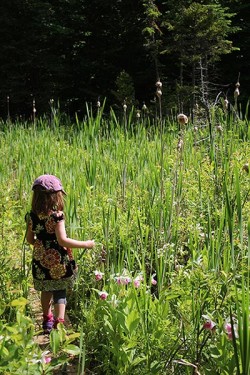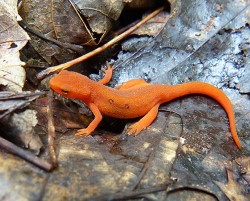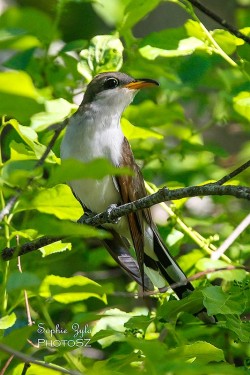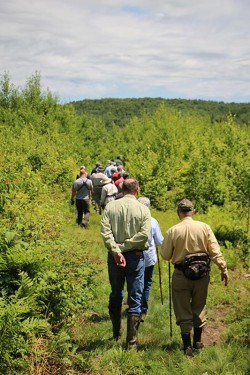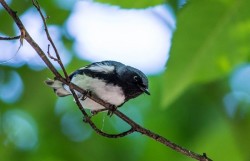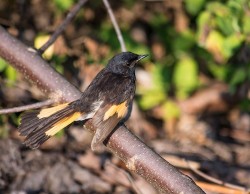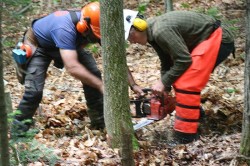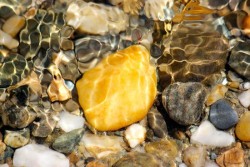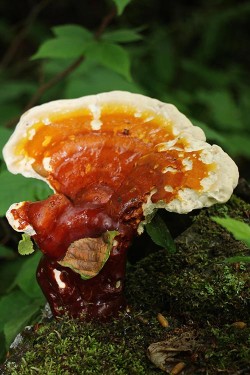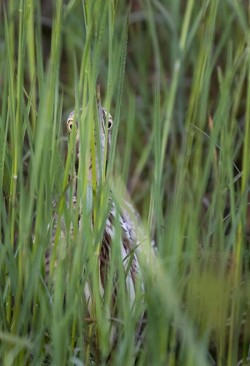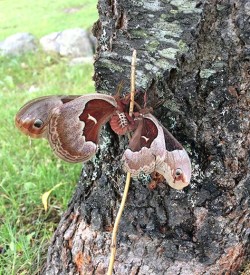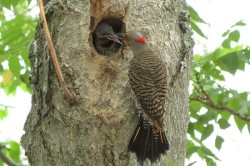This June was an exceptionally wet month in the Northeast, and many of your photos had a water theme. Love was in the air for promethea moths, and sawdust was in the air for a kid taking his first Game of Logging class. Other common subjects included birds, flowers, and babies: from Cooper’s hawk chicks to fox kits, the month was full of new life.
We’re now on the hunt for July 2015 photos. We encourage you to share images about anything that relates to the Northeast’s forests, and that you take this month. Here are examples – but by no means an exclusive list – of photo topics that fit this category: nature, weather, education activities (any age), forest management/logging, recreation, wood manufacture, art, workshops, events. As long as it relates in some way to the Northeast’s forests, we’ll consider it.




